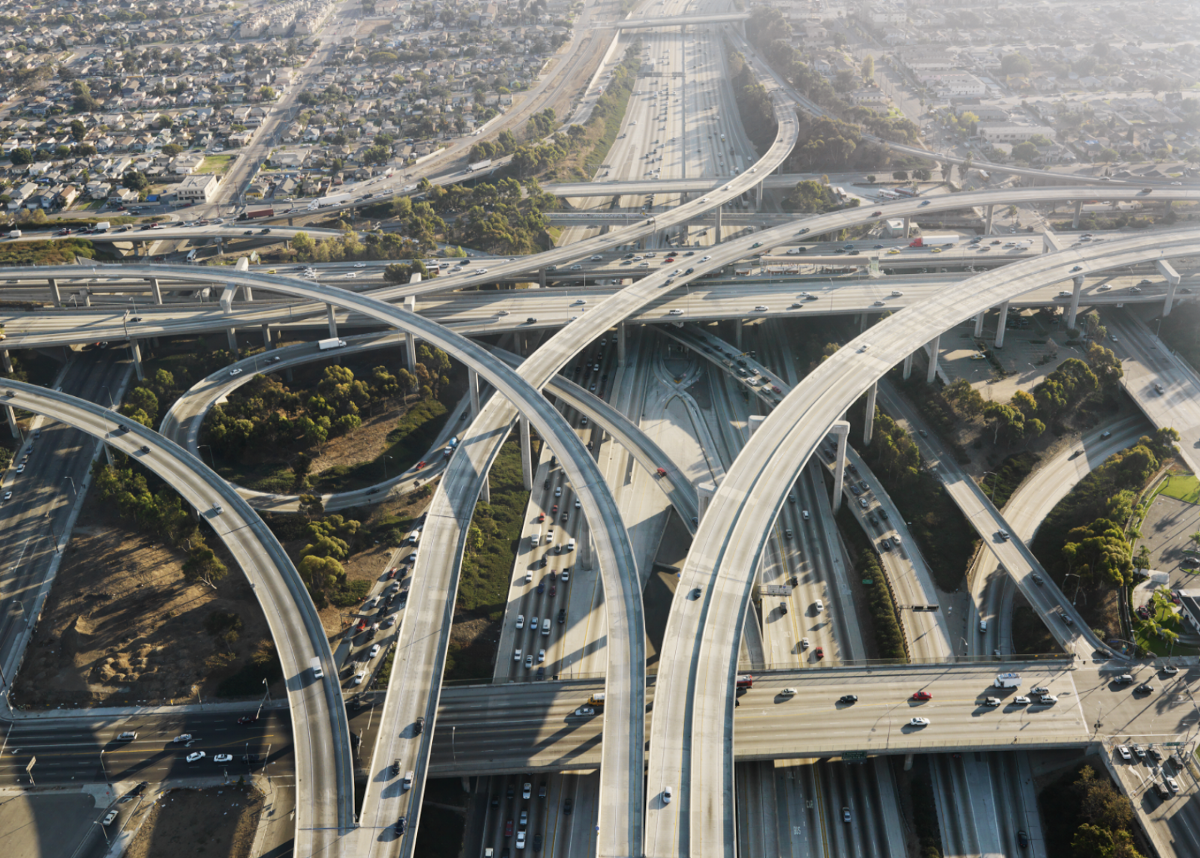Learning from today’s car-centric cities for a human-centered future of mobility

The introduction of autonomy into urban environments creates a unique opportunity to do things differently. This, writes Maya Pindeus (CEO and co-Founder of Humanising Autonomy) requires us to encourage a human-centered perspective towards urban mobility and to step away from traditional urban planning models.
2050 does outline a promising future but also creates the danger of turning this future into a dystopian vision. The good news is that it is in our hands to define an approach that develops cities we actually want to live in. Let’s do a thought experiment: How will our future selves in 2050 look back at today’;s cities; what would we want to keep, change, and improve? In order to figure out the best approach when designing the future of mobility, we might want to take a step back and have a critical look at today’s cities and think about how we can use emerging trends in technology to make things better. If we encourage a bottom-up approach and develop an autonomous future with the human in mind, we will hopefully be able to avoid repeating mistakes from our past and build an autonomous future we would enjoy.



